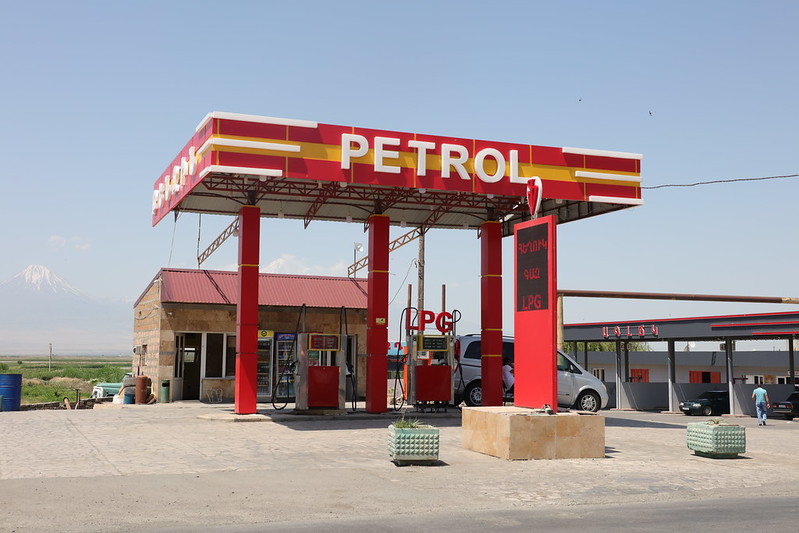Four Hidden Costs of Petrol Station Projects in Tanzania: Ensure Effective Budgeting to Avoid Surprises
Building a petrol station in Tanzania involves a multitude of costs, ranging from the visible ones like office buildings, fuel pumps, storage tanks, concrete paving, and canopies, to the less apparent expenses that often catch investors by surprise.
In this article, we’ll explore five hidden costs to help you craft a robust budget and steer clear of unexpected financial hurdles during your petrol station project.
Hidden Cost #1: Piping and Signage Installation
While the main structures of a petrol station are evident, the installation of piping and signage can quietly accumulate significant expenses.
Piping is essential for fuel distribution, ensuring that your station operates smoothly and efficiently.
Likewise, signage plays a crucial role in guiding customers and complying with regulatory requirements.
Failing to allocate adequate funds for piping and signage installation can lead to delays and regulatory non-compliance issues, ultimately impacting your project’s timeline and budget.
Hidden Cost #2: Excavation, Fence Foundation, and Storage Tank Installation
Preparing the site for storage tank installation involves more than just placing the tanks.
Excavation work, along with the foundation for fencing, requires careful planning and execution, adding to your project’s expenses.
Factors such as soil conditions and regulatory standards can influence the costs associated with excavation and fencing.
Underestimating these expenses can result in delays and legal complications, potentially derailing your project’s budget and timeline.
Hidden Cost #3: Compressor Control Panel, Cabling, and Lighting
Petrol stations rely on intricate systems to function efficiently and safely.
Components such as compressor control panels, cabling, and lighting are indispensable for ensuring operational integrity and regulatory compliance.
Budgeting for these essential systems is paramount to avoid unexpected expenses and operational disruptions.
Failure to account for these costs upfront can lead to project delays and compromised safety standards, necessitating costly retrofits in the future.
Hidden Cost #4: Levelling
Depending on the location of your petrol station, levelling the terrain may be necessary to create a stable foundation and ensure proper drainage.
The cost of levelling can vary based on factors such as the topography of the site and the extent of the required adjustments.
Overlooking levelling costs in your budgeting process can result in construction delays and structural issues, jeopardizing the long-term viability of your petrol station.
In conclusion, navigating the hidden costs of building a petrol station in Tanzania requires careful planning and foresight.
By acknowledging and budgeting for expenses like piping and signage installation, excavation and tank installation, compressor control panels and lighting, and levelling, you can mitigate the risk of surprises and ensure the success of your project.
Remember, thorough budgeting and diligent oversight are key to realizing your vision for a functional and profitable petrol station.



